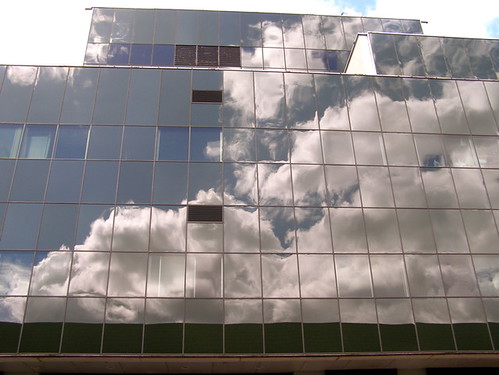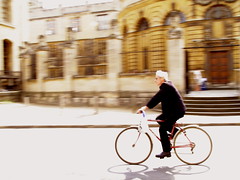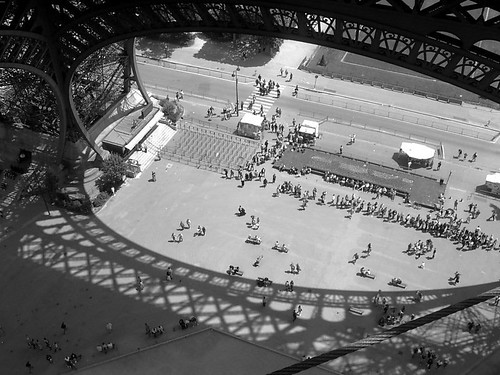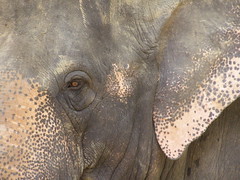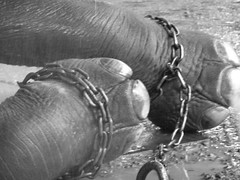I've always loved traveling. By no means have I been to hoards of places, no where near as many as I would love to go to (India, Nepal, The Galapodos Islands, Morocco, Argentina, Peru ...sigh), but I have been extremely lucky in that I have visited some great countries. The thing I really love about traveling is experiencing the different cultures, seeing the different ways that people live.

I think this was fueled by my first out-of-Europe experience when I spent some time traveling and working in Kenya. I went out of my way to work with Maasai people, it was a real culture shock, but incredibly rewarding (for me, I'm not so sure about them, I think they were more bemused by my presence). I like to try to understand people, work out what things are important to them, what makes them angry, what hurts them, what makes them laugh. I think this is where empathy grows, and empathy, I believe, is one of the most important qualities a human being can have. If I can capture any of these moments with a camera it is precious, but I also find it incredibly difficult. There is something invasive about photographing a person, the Maasai believe that a photograph takes away part of the soul, I always try to ask for permission or offer something in return, but then that moment in time is lost. It is a tension that's hard to resolve.
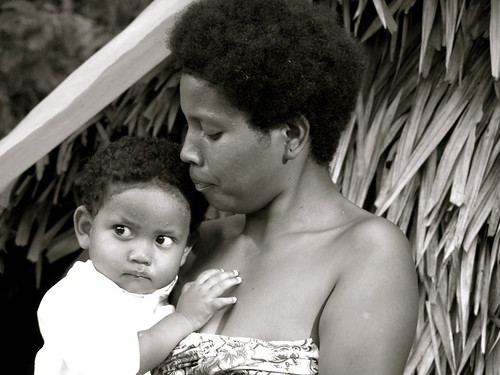 Lye Tuck-Po
Lye Tuck-Po is a user on flickr. She is an anthropologist who has studied various peoples, and recently the Orang Asli in Malaysia where I recently visited. Her photos are wonderful, full of passion and place people so well in their environments. She wrote a very nice comment on one of my photos so I wanted to reference her work here too. She writes:
[Photos] allow me to capture scenes and sensibilities that I can't put into words. For example, the great silences and the manic movements that I found in Cambodian landscapes recently. Or a look passed between two people who have known each other all their lives. Or a certain colour or image that moves me in ways that I cannot explain.This goes back to my very first blog posting, a picture is worth a 1000 words. In a discipline like anthropology words and pictures work so well together to paint a picture of what we want to understand.

I am, at best, an amateur at photography. I need to build up my confidence in taking pictures of people and the environments in which they move. I don't just mean people from other cultures, in other cities, in other countries. A moment captured between my friends and the people I love makes a great photo and is something that will be precious to me forever and a gift I can give to them. I'll keep you posted on how I go!
